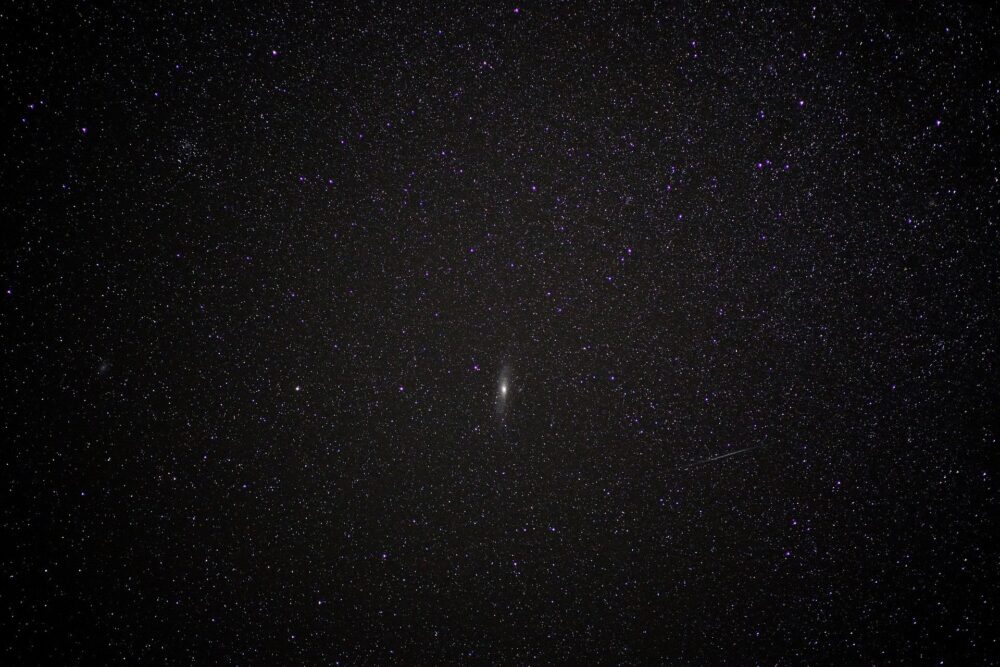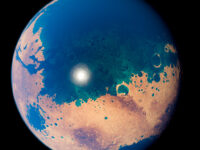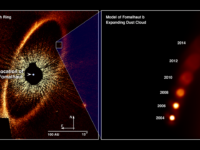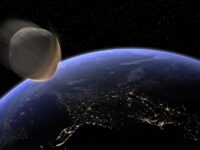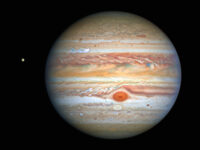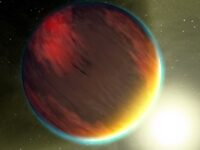Scientists studying exoplanets are about to take a step into the future with the launch of NASA’s newest darling, the Transiting Exoplanet Survey Satellite (TESS). Once launched in April 2018, TESS will be able to detect exoplanets using the transit method, one of several methods astronomers use to detect planets around other stars. When a planet crosses in front of its star, it blocks some percentage of the light radiating from that star. TESS will scan the entire sky to look for these telltale dips in brightness, the first to do so from outer space.
Until now, the exoplanet community has been served primarily by the Kepler telescope. Cutting edge at the time of its launch in 2009, the Kepler mission and its sequel K2 have spoiled astronomers with mountains of data ever since. Their purpose was to determine how many exoplanets there are, what their size distribution is, and under what general conditions they can exist. Using a “pencil-beam” survey, Kepler gathered data from 150,000 stars within a restricted field of view, which lead to confirmed detections of 2,341 exoplanets; in addition, Kepler’s K2 mission has 197 confirmed detections.
The downside to Kepler is that many of its target stars are very faint, which makes detailed follow-up examinations difficult. We know where these planets are, the kinds of stars they form around, and even in some cases their masses and radii, but we can’t take a closer look at their surfaces or the composition of their atmospheres.
TESS is the next step into the future of observational astronomy.
This is where TESS comes in: it will survey the whole sky, a target area 400 times larger than Kepler’s, to look at 200,000 nearby stars which will be 30-100 times brighter than Kepler’s objects of interest. This increase in brightness means the TESS objects of interest will be easier to observe through a variety of methods, making follow-up investigations possible. “TESS is a scouting mission,” explains Natalia Guerrero, Deputy TESS Objects of Interest Manager, “it’s doing all this reconnaissance and then ground-based and space-based telescopes will do a lot of the highly detailed follow-up work.”
The primary goal is to find as many transiting exoplanets as possible, but this mission is specifically hoping to find at least 50 planets with masses less than four times that of Earth. With these observations, we may be able to learn more about Earth by comparison as it’s difficult to draw conclusions about our planet when we have a sample size of one. The frequency, formation history, and possibly even habitability of these near-Earth-mass planets may shed some light on what makes Earth special – or may instead reveal that Earth isn’t exceptional at all.
In addition to its potential discoveries, TESS’s instrumentation is groundbreaking. The telescope carries four wide-field charge-coupled device cameras, developed at MIT Lincoln Labs for extremely efficient photon detection. The data collected by these cameras will be downlinked every 13.7 days as the telescope reaches perigee, its closest approach to Earth. TESS’s orbit, known as the P/2 orbit, is characterized by its 2:1 lunar resonance, which minimizes the degree to which the Moon destabilizes the telescope’s orbit. For lunar-resonant orbits, gravitational influences on spacecraft by the Moon and Earth roughly balance out, meaning it won’t take much adjustment to keep TESS on course. This is especially important for a mass-constrained spacecraft that can’t carry the fuel required to periodically correct its orbit. A highly elliptical orbit also minimizes radiation damage by avoiding the Van Allen belts, which are bands of particles produced by solar wind and held close to Earth by its magnetic field. If all goes well, TESS’s orbit should remain stable for decades, ensuring a dependable stream of data for the full duration of the mission.
“To have this entire system of observing that incorporates all the different ways humans can look at stuff, that for me is the really exciting part.”
TESS is the next step into the future of observational astronomy, making current scientific wonderings possible with developments in sensing technology. “To have this entire system of observing that incorporates all the different ways humans can look at stuff, that for me is the really exciting part,” says Guerrero. With this new instrumentation, we open ourselves to a new influx of fascinating discoveries, both about far-away planets and about ourselves.
